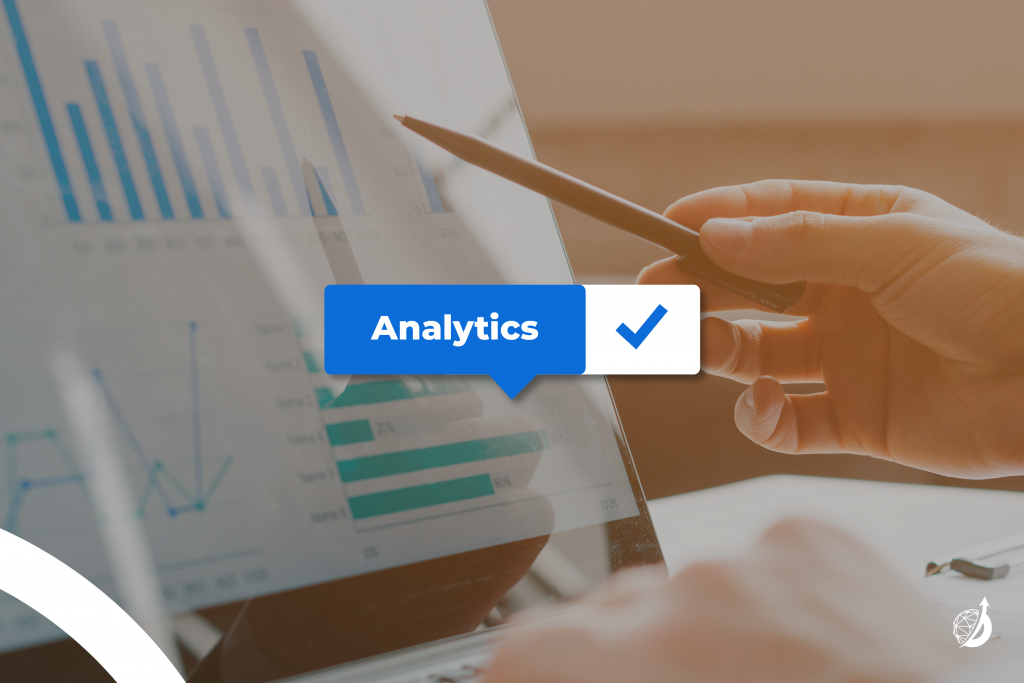Fleet Management Trends: Spotlight on Analytics

During times of market uncertainty, budgets tighten and all focus shifts to optimizing costs. Fleet management is no different. Luckily, the fleet landscape has never been more rich with data on everything from miles driven to maintenance needed. In the quest to answer that elusive question–How much am I really spending on my fleet assets?–analytics can reveal areas for immediate optimization and predict future actions that will keep your fleet running like a well-oiled machine.
From predictive maintenance to next-level telematics and cybersecurity, here are the analytics trends proving the old adage true: what gets measured gets done.
Fleet telematics goes (even more) mainstream
By now, you’ve heard the statistics–that is, if you haven’t yet become one of them. As of 2018, 15% of vehicles came with telematics installed as standards, a number that’s surely even higher now. There are more than 100 million telematics units in operation around the globe. And the appetite for fleet telematics is expected to grow by 23% per year, for the next four years.
As telematics continue to evolve, expect fleets to get more sophisticated in how they utilize and apply its data insights. Real-time tracking will continue to deliver valuable insights for fleet managers, opening the door to changes in driver behavior that streamline costs and enable predictive maintenance. Meanwhile, telematics is also shifting its focus to carbon emissions, which fleets are increasingly viewing as a critical measure of efficiency.
Another development to watch is the application of telematics hardware, software and services to the emerging electric vehicle fleet space. Not convinced we’re headed this direction? Mckinsey research predicts that there could be as many as 8 million commercial and passenger fleet EVs in just 10 years, making up 10% to 15% of all fleet vehicles.
Predictive maintenance gets a boost
As more OEMs embrace the “connected car” by integrating telematics into their standard offering, predictive maintenance is on the cusp of an even bigger breakthrough. Add in aftermarket IoT devices and a bigger batch of historical data, and it’s clear why fleets of all sizes are embracing predictive analytics like never before. That includes state and local governments, which are using predictive data models to enhance the profitability and efficiency of public transportation.
In 2020, expect the gap between preventative and predictive maintenance to continue to grow, with predictive analytics fueling new insights based on a growing base of historical data. Gauging when a component might need replacement is just the beginning.
Cybersecurity hits the connected car
The fleet analytics story has largely been framed positively. But with all the potential of real-time location tracking, data-enhanced driver safety and optimized fuel costs comes risk. As fleet analytics become more advanced, cybersecurity needs to keep up the pace.
Take, for instance, a 2019 University of Michigan study. Researchers sought out to test the security risk of two vehicles: a 2006 Class 8 semi-tractor and a 2001 school bus. Both used the SAW J1939 standard that’s common in modern, heavy-duty vehicles. Both were hacked by the researchers in alarmingly little time. The researchers were able to remotely accelerate the truck in motion, and disable both the engine break and the driver’s ability to accelerate.
Luckily, that was just a study. But as fleet analytics continue to evolve, and data becomes more valuable than ever, the cybersecurity world is rightfully calling on OEMs and other industry leaders to implement more stringent safeguards against bad actors.
In today’s market, fleet managers are required to wear more “hats” than ever. Whether you’re looking for guidance in navigating fleet analytics or need a partner to supplement your in-house bandwidth, Onward is here to help. Let’s talk about your fleet’s needs and how we can optimize your costs together.
